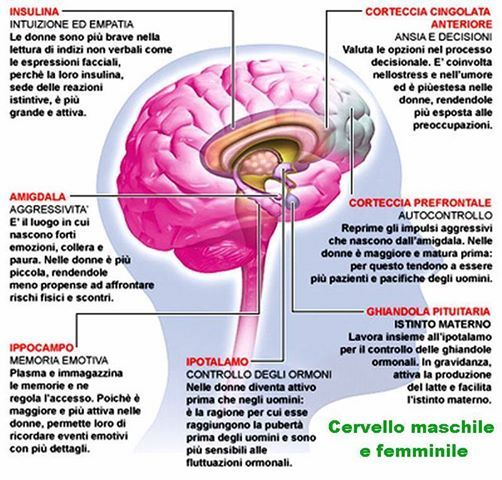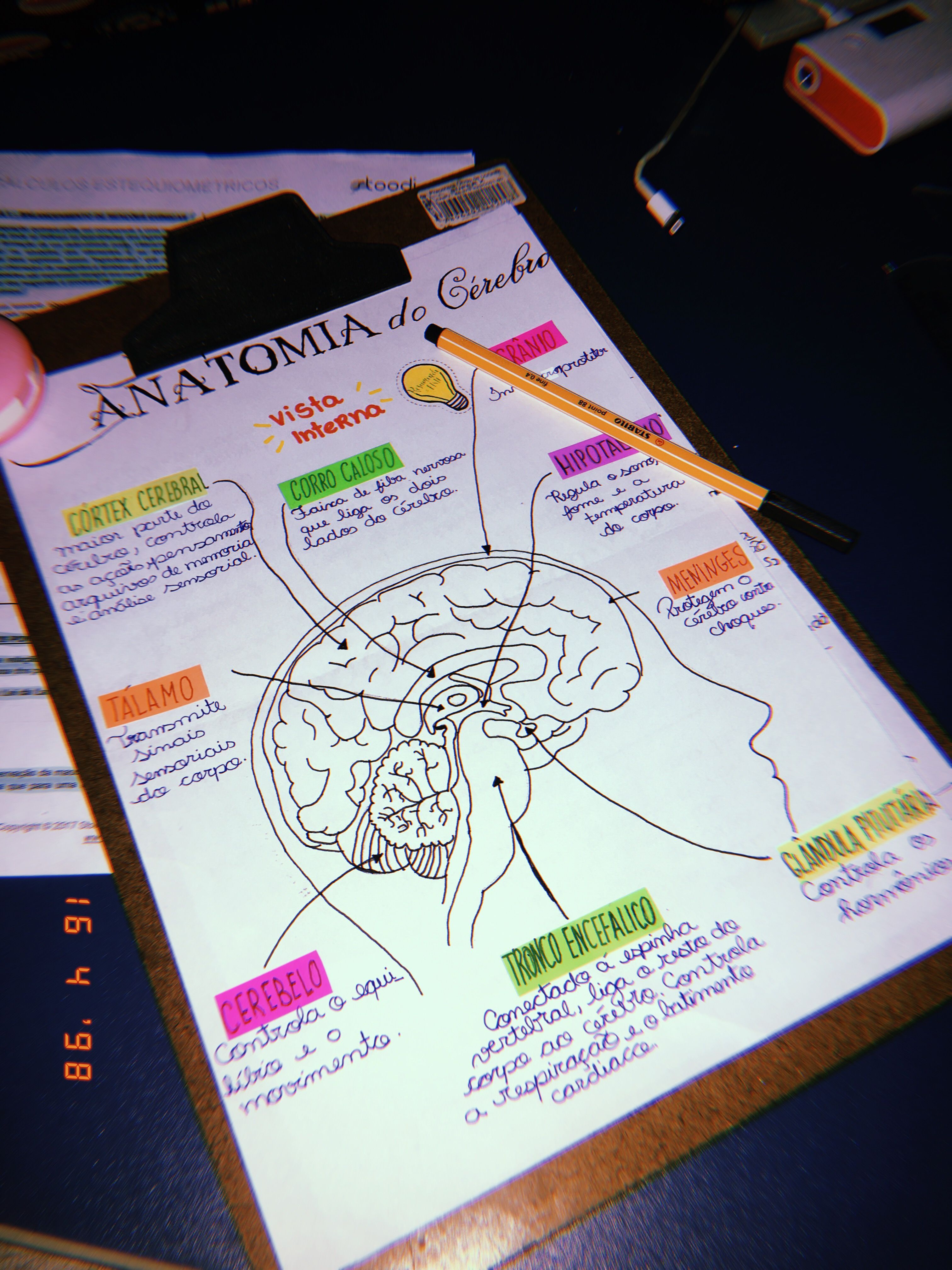

Spectrophotometry is recommended for xanthochromia detection. Another method is to centrifuge the CSF and look for xanthochromia of the supernatant fluid. A decrease in the red cells would usually indicate a traumatic tap. To distinguish traumatic tap Vs SAH, CSF is collected in three test tubes and by counting the red cells in the consecutive tubes. However traumatic LP can complicate the RBC leading to false positive.

The presence of RBCs (More than 1000 cells/ cu mm) or xanthochromia (Level 2 evidence recommendation B) confirms diagnosis of SAH. LP is indicated if there is high clinical suspicion of SAH, but negative CT. Lumbar puncture is a useful diagnostic test in these cases and is usually done 12 hours after onset of symptoms. CT is considered to be highly sensitive upto 5 days after the SAH. However at times despite clinical suspicion, CT scan may be negative for SAH. 5īefore the advent of CT scanners, LP was the main diagnostic tool for SAH Presently plain CT scan is the initial diagnostic modality. In a recent study, Perry et al have found that following patient factors must lead to suspicion of SAH age ≥40, witnessed loss of consciousness, complaint of neck pain or stiffness, onset with exertion, arrival by ambulance, vomiting, diastolic blood ≥100 mm Hg or systolic blood ≥160 mm Hg. Since headache is a common manifestation of intracranial diseases high index of suspicion is needed. It is important to recognize the condition immediately as rebleed in case of aneurysmal cause can be catastrophic. In severe cases patients can present with loss of consciousness (LOC), seizures, cranial nerve palsies and various patterns of motor deficits. Most commonly patients present with acute onset severe headache increasing intensity within one hour of onset and often describing as worst headache of their life. The causes for SAH can be due to rupture of intracranial aneurysms, arteriovenous malformations (AVM), vasculitis, traumatic or idiopathic. Subarachnoid Hemorrhage (SAH) is one of the acute neurological condition needing intensive care admission of the patient. 2 In some clinical conditions, lumbar puncture and drainage of can be a therapeutic measure also. CSF analysis usually consists of opening pressure measurement, biochemical analysis, cytology, biomarkers assay, and microbiological evaluation. CSF analysis is particularly useful in various acute neurological conditions and helps in rapid diagnosis of the conditions and initiate therapeutic measures. Hence analysis of CSF by various methods will help in diagnosis as well as prognostication and response to therapy. However in disease conditions the composition and pressure of CSF can be altered. The composition of the CSF and its pressure is maintained relatively constant by various mechanisms.


It also supplies nutrients as well as helps in removal of various substances like amino acids, neurotransmitters, metabolic byproducts and cells. 1 The main function of the CSF is to reduce buoyancy of the brain. CSF is produced at a rate of 0.2–0.7 mL per minute or 500–700 mL per day. The total volume of CSF in the adult is approximately 140 mL. It is continuously being secreted by the choroid plexus at a constant rate inside the ventricles of the brain and circulates in the subarachnoid space of the brain and spinal cord through CSF pathways. CSF is present in both the intracranial and spinal compartments. Cerebrospinal fluid is a clear fluid which is formed as a ultra filtrate of plasma.


 0 kommentar(er)
0 kommentar(er)
